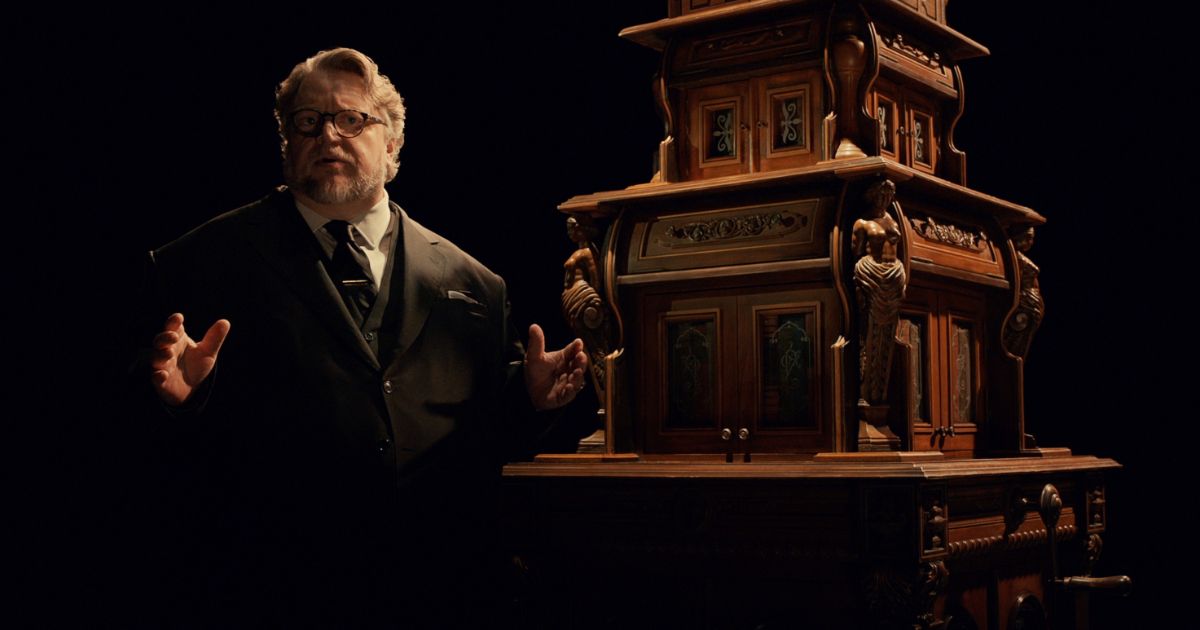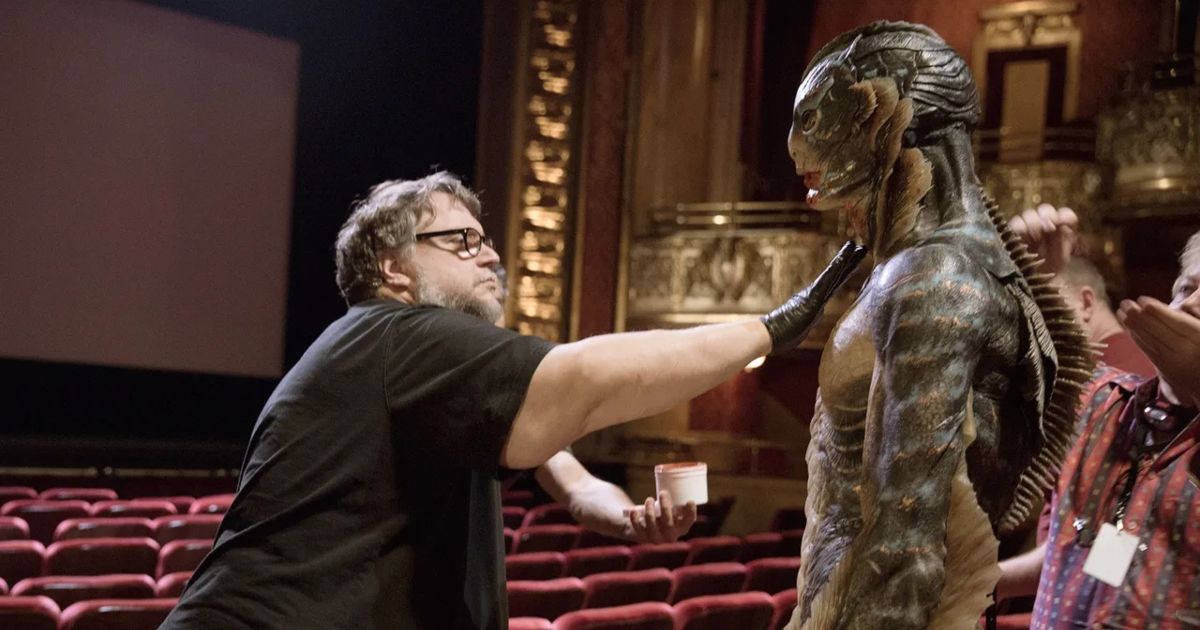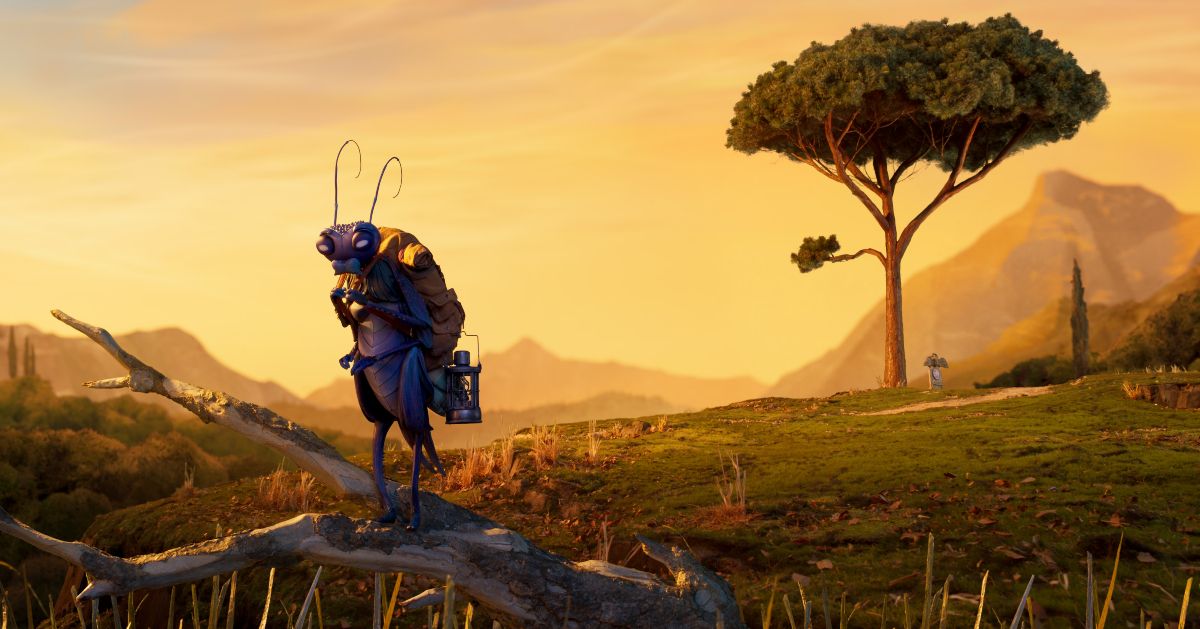Mexico — the home of the taco, tortilla, and burrito, the creators of tequila, famous for ancient Aztec ruins, world champion boxers, the sombrero, and of course, the setting of The Three Amigos with Steve Martin, Chevy Chase, and Martin Short in John Landis’ hilarious Western satire. Yet, in this day and age, the 1986 film’s use of stereotypes is flagrant at best, and unsurprisingly controversial.
Fortunately the millennium birthed more authentic, tasteful, and artistically aware successors to the three amigo crowns in the form of Alejandro González Iñárritu, Alfonso Cuarón, and Guillermo del Toro. Born and bred Mexicans, the three directors each brought their Central American flair to the Western masses. While Cuarón and Iñárritu have both been forthcoming as to the reasons for their departure from their motherland, with Inarritu’s origin story partly depicted in Bardo: False Chronicle of a Handful of Truths, it is Guillermo del Toro’s background and life in exile that garners the most attention and intrigue.
Sadly, as much as its cuisine, stunning scenery, and historical ruins are subject to universal commendation, the country’s notorious Achilles heal is feasibly what it is best known for; cartels. A statement that is a damning indictment, and a stain on what otherwise is a nation with a vibrant and rich history. Guillermo del Toro’s story is one that will be all too familiar to many beyond the Frontera Estados Unidos–México, and one that concerns the factions of organized crime in Guadalajara.
Why Is Guillermo del Toro in Exile in the United States?
In 1997, director Guillermo del Toro was a lesser-known commodity in the world of filmmaking. Having written and directed a series of shorts, as well as the Mexican cult classic, Cronos, he sought to extend his contributions across the American-Mexican border, taking on his first Hollywood flick, the sci-fi horror film, Mimic. As del Toro and his counterparts geared up for a promotional stint and the movie’s cinematic release, something more sinister had been bubbling away under the surface of del Toro’s cool exterior. A personal horror of his own, not of the science fiction kind, had been unraveling.
His father, Federico, had been kidnaped by a notorious Guadalajara gang that demanded that Guillermo and his family pay a ransom of $1 million for his release. A staggering sum, enough to make one’s eyes water, the seasoned kidnapers were hardly talking pocket change. Despite his status as an up-and-coming directorial prospect, $1 million was a fee del Toro and his then-modest family simply didn’t have, with most of his financial assets tied up in the production of Mimic.
Fortunately for Federico, his son had a number of rich and influential friends to lean on in a time of crisis, with James Cameron uncharacteristically budging up and making room for his Mexican counterpart on his financial life raft. The Titanic director famously offered a helping hand in the form of a loan, securing Federico’s release after 82 days captive, and consequently alleviating the heavy burden on his dear friend and confidant, Guillermo. Although Cameron was remunerated for his troubles, neither the money in question nor the perpetrators were ever found.
As with any form of physical or emotional trauma, the fight or flight response is triggered within, and thus, key decisions are forced upon us. In Guillermo del Toro’s case the film director was given a choice, and to quote The Clash anthem, “Should I Stay or Should I Go?” With Mexico’s political stance shifting to an increasingly extreme right-wing ideology, as well as the country’s economic situation worsening, and the growing prevalence of cartel influence that saw his father kidnaped, The Shape of Water creator upped sticks with his family in-tow and moved to the Los Angeles.
Has Guillermo del Toro's Exile Impacted His Filmmaking?
While del Toro is yet to make a movie about his and his family’s unfathomable ordeal, it has undeniably, whether consciously or subconsciously, affected his movie-making. Although there’s been no direct correlation made to Mexican gang violence in his films, the bespectacled film nerd has touched upon several unlikable traits of his former home in his pictures, most notably in Pan’s Labyrinth, The Devil's Backbone, and Pinocchio, where the detestable characteristics of fascism are distilled via forces for bad (1940s Spain under Franco, and 1930-1940s Italy during the regime of Mussolini).
Vowing to never return to Mexico at the time of leaving, the Academy Award-winning auteur is now said to visit frequently, while his personal trips are regular, Del Toro has not made a cinematic Mexican homecoming since 1993’s Cronos, or indeed a Spanish language return since 2006, unlike Cuaron and Inarritu (although he did produce 2012's animation, Day of the Dead). While Mexico will always be inside del Toro, the filmmaker will not always be inside Mexico.



